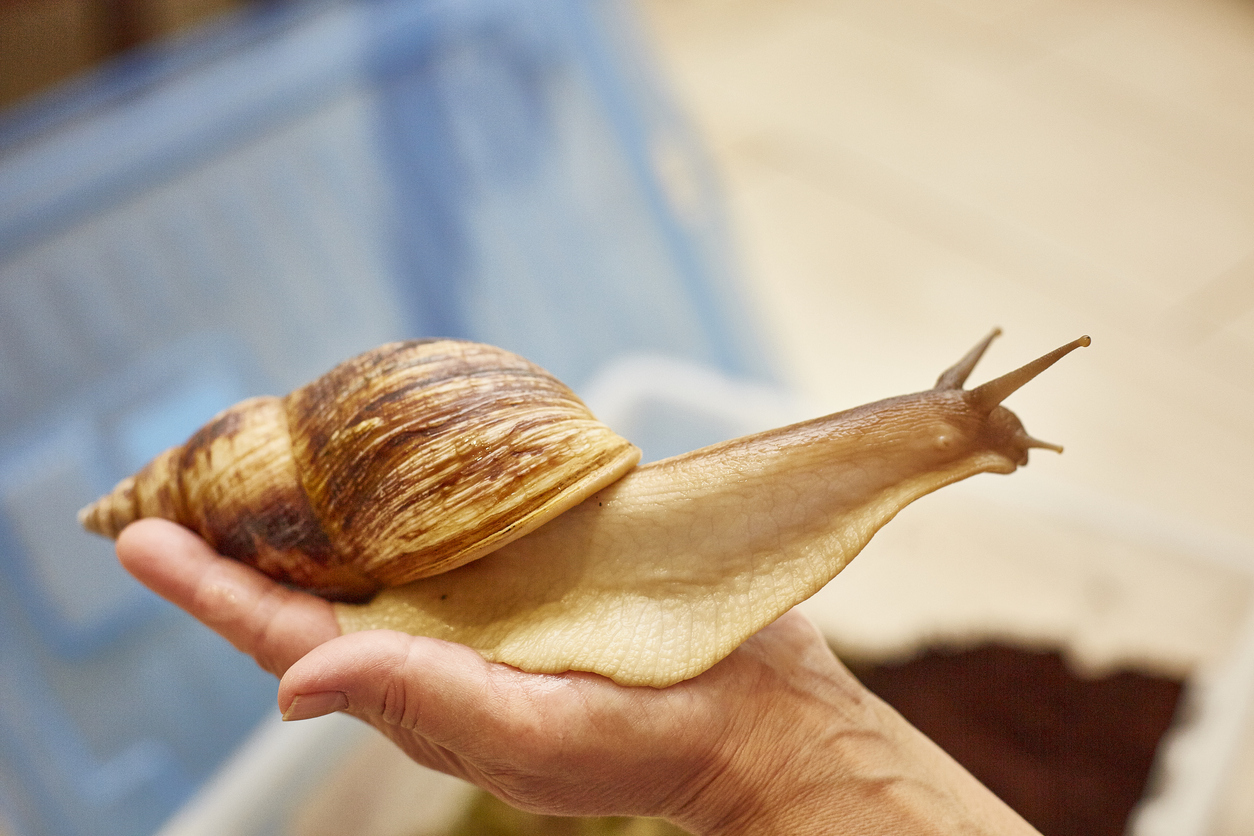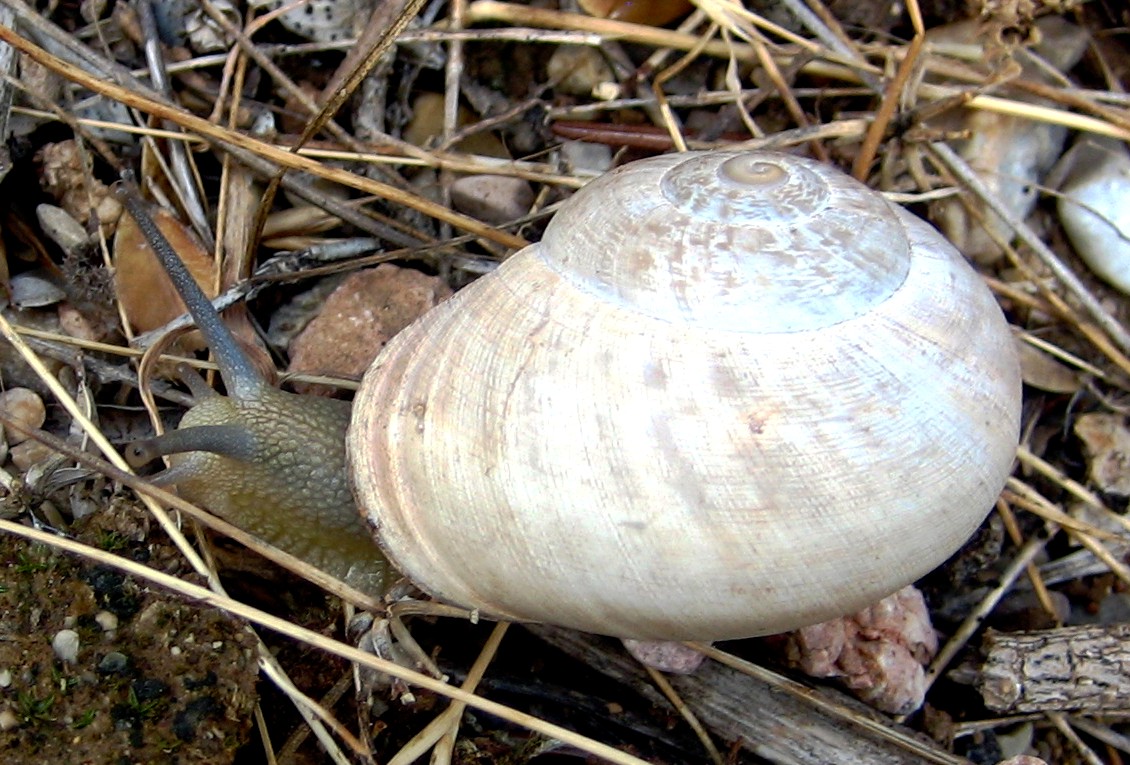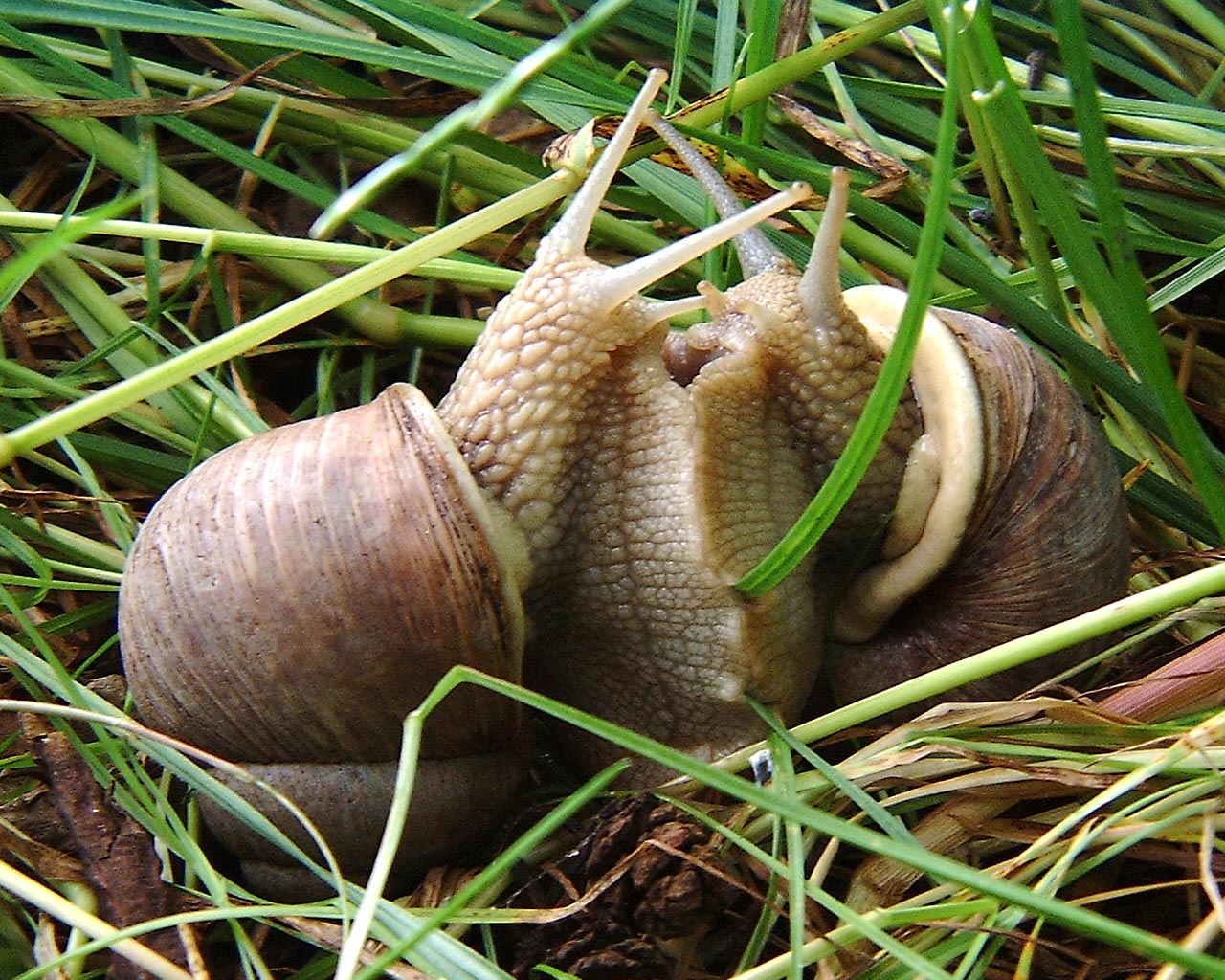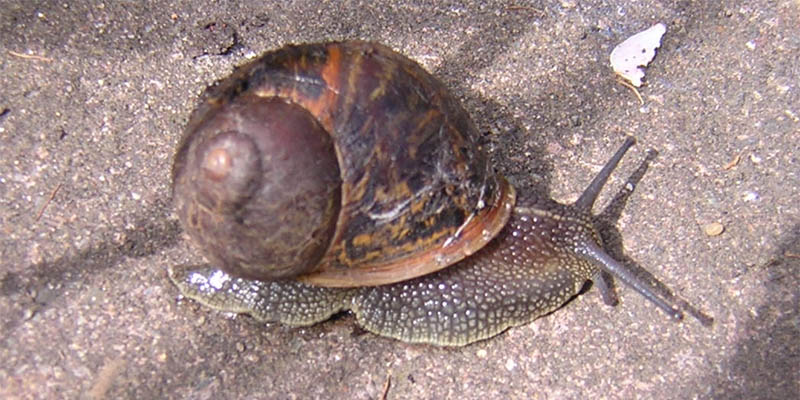
Snails, small terrestrial or aquatic mollusks, are fascinating creatures that have captivated humans since ancient times. Their unique appearance, behavior and adaptability make them interesting creatures worthy of study. Below, we’ll explore some of the most salient features of these invertebrates.
Diversity in the Animal Kingdom
They are part of the phylum Mollusca, which includes other animals such as octopuses and clams. It is estimated that there are around 85,000 species of snails worldwide, making them one of the most diverse groups within the animal kingdom. Each species has unique adaptations that allow it to survive in different environments.

His protective shell
A distinctive feature of them is their shell, which provides them with protection and structural support. The shell is made up of a substance called calcium carbonate and is secreted by a part of the snail’s body called the mantle. As the snail grows, so does its shell, adding new layers to its structure.
Their mobility
Despite carrying their shell on their backs, snails are surprisingly mobile. They use a muscular foot to crawl on the ground or slide on slippery surfaces. Some aquatic species are also able to swim using undulating body movements.

The diet of snails
Snails are herbivores, and their diet consists mainly of plant matter. They use a structure called radula, which contains rows of small, sharp teeth, to scrape and break down food. Despite their diminutive size, snails can play an important role in balancing ecosystems by controlling plant growth.
The Reproduction of Snails
Their reproduction may vary according to the species, but in general, they are hermaphroditic animals. This means that each individual has both male and female reproductive organs. During mating, snails exchange sperm and then deposit their eggs on the ground or in moist places. Some species of snails are also capable of reproducing asexually, allowing them to quickly colonize new habitats.

Its Importance in Ecosystems
Although they often go unnoticed, they play a crucial role in the ecosystems they inhabit. As herbivores, they help control plant growth, preventing them from becoming excessively abundant. In addition, their empty shells provide shelter for other small organisms, such as spiders or insects.
Human Interactions with Snails
Snails have been present in human life for thousands of years. Some species are considered a culinary delicacy in certain cultures, while others are used for medicinal purposes. In addition, the shells of snails have historically been used for ornamental purposes and as tools in various crafts.

In conclusion
Snails are amazing creatures that exhibit a variety of interesting characteristics. From their protective shell to their amazing mobility, these invertebrates demonstrate impressive adaptability and diversity. Their importance in ecosystems and their relationship with humans throughout history make them a valuable object of study. As we continue to explore and learn about snails, we will no doubt discover more about the wonders these little beings have to offer.
For more articles like this, click here








